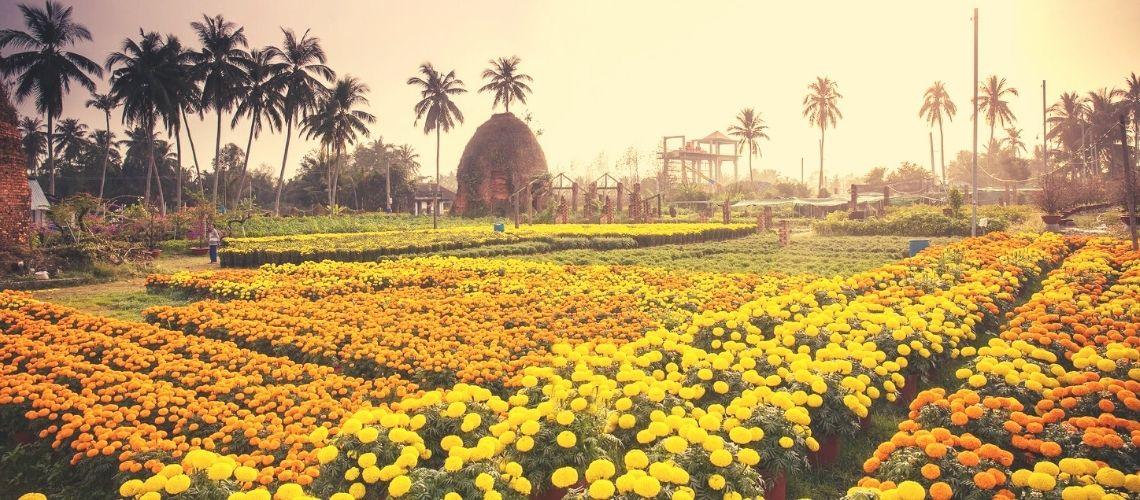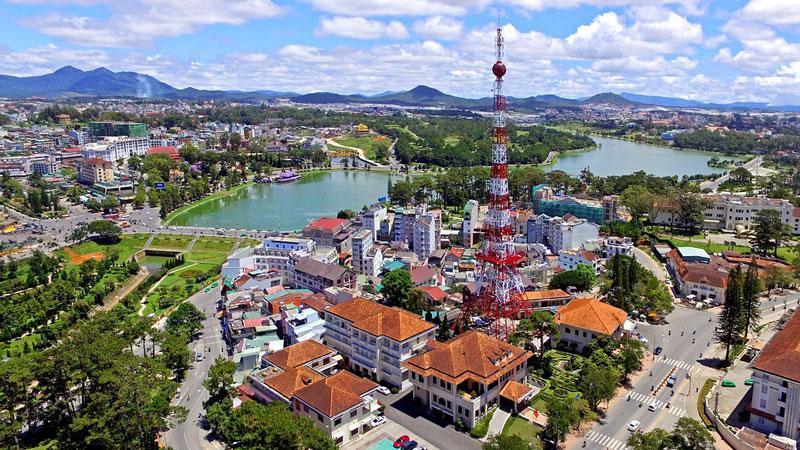Pasteur Institute in Dalat: A Legacy of Scientific Excellence and Public Health
The Pasteur Institute in Dalat stands as a beacon of scientific excellence and a symbol of Vietnam’s commitment to public health. Founded in 1895 during the French colonial era, the institute has played a vital role in the prevention and control of infectious diseases, as well as the advancement of medical research and education. In this article, we will delve into the rich history, significant contributions, and ongoing work of the Pasteur Institute in Dalat. A Legacy of Scientific Excellence The Pasteur Institute in Dalat traces its roots back to its renowned counterpart in Paris, founded by Louis Pasteur in 1887. The establishment of the institute in Dalat was driven by the need to address public health challenges prevalent in the region during the French colonial period. The institute became a centre for research, diagnosis, and treatment of infectious diseases, offering scientific expertise and innovative solutions to combat public health threats. Contributions to Public Health Since its inception, the Pasteur Institute in Dalat has made significant contributions to public health in Vietnam and beyond. The institute has played a crucial role in the identification and control of infectious diseases, such as malaria, tuberculosis, dengue fever, and rabies. Through its research initiatives, the institute has facilitated the development of diagnostic tools, vaccines, and treatment protocols that have had a transformative impact on public health outcomes. Furthermore, the Pasteur Institute has actively collaborated with national and international partners to strengthen disease surveillance systems, enhance laboratory capacities, and provide training to healthcare professionals. These efforts have contributed to the early detection and effective management of outbreaks, safeguarding public health and promoting global health security. Research and Innovation The Pasteur Institute in Dalat is at the forefront of medical research and innovation. Its dedicated team of scientists and researchers undertake a wide range of studies to advance our understanding of infectious diseases and develop novel approaches for prevention and treatment. From investigating the molecular mechanisms of pathogens to conducting clinical trials for new vaccines, the institute’s research efforts have yielded valuable insights and breakthroughs. Additionally, the institute serves as a training ground for young scientists, nurturing their talent and fostering a culture of scientific inquiry. Through collaborations with national and international institutions, the Pasteur Institute in Dalat contributes to the global scientific community and promotes knowledge exchange. Preservation of Cultural Heritage In addition to its scientific endeavours, the Pasteur Institute in Dalat is committed to preserving Vietnam’s cultural heritage. The institute houses a museum that showcases the history of public health in the country, including the significant milestones achieved by the institute itself. The museum displays historical artefacts, photographs, and interactive exhibits, providing visitors with a comprehensive understanding of the institute’s legacy and its impact on public health. Feel free to go have a look if you’re visiting Dalat for 2 or 3 days! The institute also maintains a botanical garden featuring a diverse collection of medicinal plants and herbs. This living laboratory serves as a valuable resource for research, education, and the preservation of traditional medicinal knowledge. Collaboration and Partnerships The Pasteur Institute in Dalat recognizes the importance of collaboration and partnerships in addressing complex public health challenges. The institute actively engages with governmental agencies, academic institutions, and international organizations to leverage collective expertise, share best practices, and foster interdisciplinary approaches to public health. Through collaborative projects, the institute works hand in hand with local communities to promote health education, improve access to healthcare services, and empower individuals to make informed decisions regarding their well-being. By actively involving the community, the institute ensures that its efforts are contextually relevant and sustainable. The Pasteur Institute in Dalat stands as a testament to Vietnam’s commitment to public health, scientific excellence, and cultural preservation. From its founding to the present day, the institute has made significant contributions to the prevention and control of infectious diseases, while advancing medical research and education. As it continues to evolve and adapt to emerging health challenges, the Pasteur Institute in Dalat remains a cornerstone of scientific innovation, a guardian of public health, and a source of inspiration for future generations.




